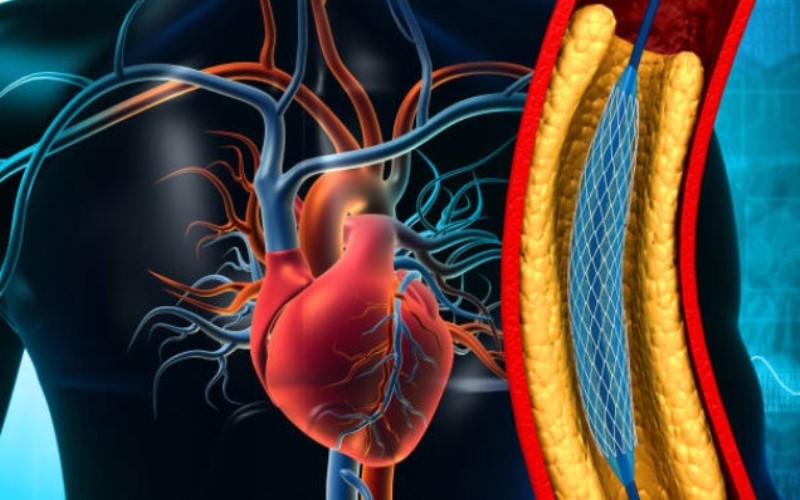Heart attacks, or myocardial infarctions, are serious. Cardiologists play a key role in managing this condition. They ensure proper diagnosis, treatment, and recovery. vascular imaging atlanta is one tool they use to see inside the heart’s arteries. This helps them make informed decisions quickly. Understanding how cardiologists work can shed light on the vital steps taken to save lives.
Initial Diagnosis
When a heart attack occurs, time is critical. Cardiologists start by assessing symptoms and medical history. They often use an electrocardiogram (ECG) to check the heart’s electrical activity. Blood tests follow, checking for markers indicating heart muscle damage.
Vascular Imaging Techniques
Cardiologists rely on various imaging techniques to view the heart and its arteries. These methods include:
- Angiography: A special dye and X-rays to see blood flow.
- Echocardiogram: Ultrasound waves to create heart images.
- CT Scans: Detailed images of the heart and vessels.
Each tool offers unique insights, guiding cardiologists in their treatment approach.
Immediate Treatment
Getting blood flow back to the heart is the priority. Cardiologists often use medications like aspirin to thin the blood. Clot busters, or thrombolytics, might be administered to dissolve clots. Procedures like angioplasty can open blocked arteries quickly.
Comparing Treatment Options
| Treatment | Method | Goal |
| Medication | Pills or injections | Reduce clot size |
| Angioplasty | Catheter insertion | Open arteries |
| Stenting | Metal or plastic tube | Keep arteries open |
Monitoring and Recovery
After immediate treatment, monitoring becomes vital. Cardiologists keep an eye on heart rhythm and pressure. Rehabilitation programs often follow, focusing on exercise, diet, and lifestyle changes.
Long-term management includes:
- Regular check-ups
- Medication adjustments
- Lifestyle counseling
Preventive Measures
Preventing future heart attacks is a significant part of a cardiologist’s role. They educate patients on risk factors like smoking and obesity. Encouraging regular exercise and healthy eating habits forms a core part of their advice. The Centers for Disease Control and Prevention offers detailed guidelines on maintaining heart health.
Collaboration with Other Specialists
Cardiologists often work with other healthcare professionals. Dietitians provide nutritional guidance. Physical therapists help develop exercise routines. This team effort ensures comprehensive care for heart attack patients.
The Lifesaving Role of Cardiologists
Cardiologists not only treat heart attacks but also focus on preventing them. Their expertise and quick decision-making save lives every day. By using tools like vascular imaging, they offer precise and effective treatments. The importance of their work in healthcare cannot be overstated, as emphasized by resources like the National Heart, Lung, and Blood Institute.
In conclusion, understanding a cardiologist’s role in treating myocardial infarction highlights the intricate and vital nature of their work. Their dedication to both immediate and long-term heart health ensures that patients receive the best care possible.

